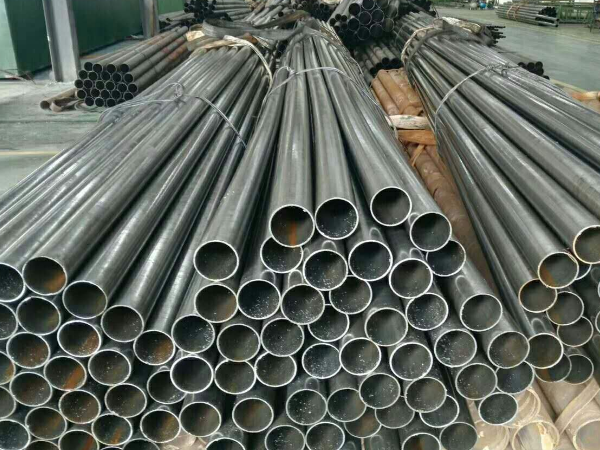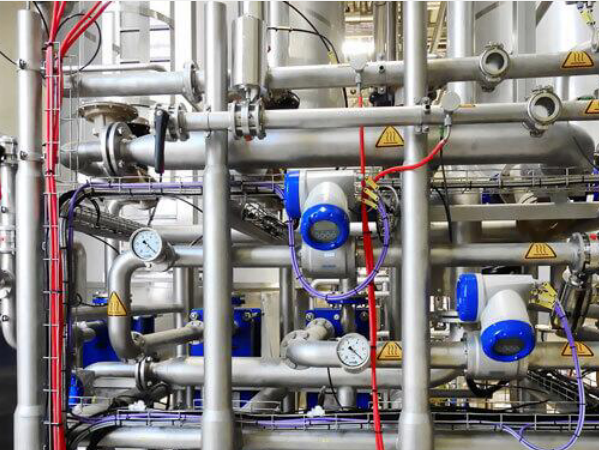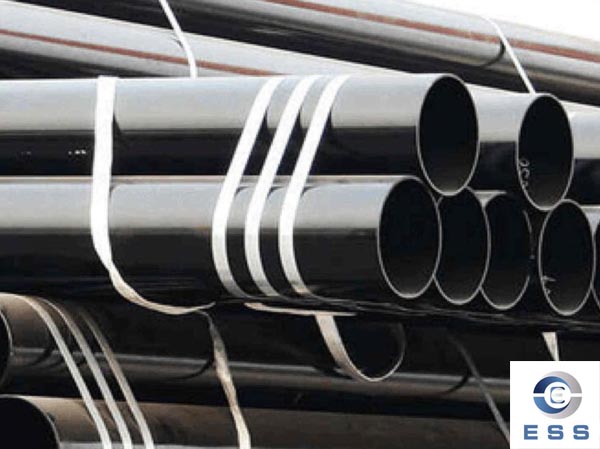Annealing process of seamless steel pipe:
The seamless annealing of seamless steel pipe is to heat the hypoeutectoid steel to 30~50℃ above the Ac3 temperature, and heat the eutectoid steel to a temperature range of about 50℃ above the Ac1 temperature, and keep enough time to become Voss at this temperature Tian.
After the single-phase structure (hypoeutectoid steel) or the mixed structure of Voss field and snow carbon, the steel is softened by furnace cooling to obtain the best ductility and fine-grained structure of the steel.
Annealing of cast iron
Almost all castings experience thermal stress during cooling. During heat treatment, internal stress is formed after special normalizing and annealing. The main reason for the internal stress is the thickness of the casting inside.
The difference is that during the rapid cooling process, due to the difference in heat drop, the thickness of the meat will cause different shrinkage each time, resulting in the so-called internal stress. The cold part has a higher latent length, while the hot part The section length is low so that the hot section creates a partial hot spot after the cold section shrinks.
The strength of the deformed part increases with the degree of deformation. When the deformation does not deform further, the inside of the casting is formed. The elastic stress, and even the plastic strain, of a seed are internal stresses that can be almost as high as the tensile strength.
This casting is easy once the local stress exceeds the tensile strength due to any external cause. This can cause cracking. Heat treatment is the most important method to eliminate internal stress. The main procedure is to increase the temperature and make all castings very uniform. On slow, heat and cool.
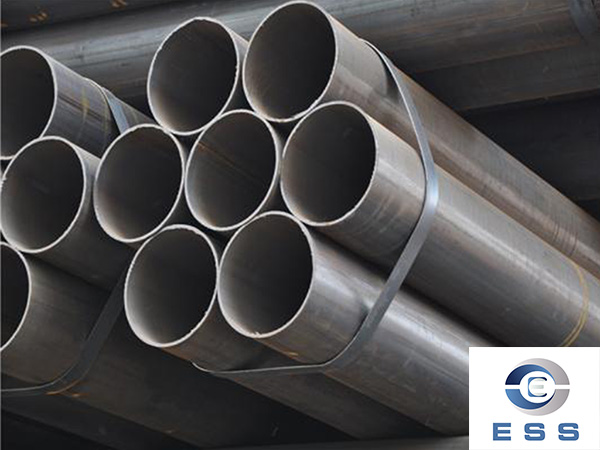
Components of the casting
The annealing temperature depends primarily on the composition of the casting and the strength that must be removed. Even possible changes in the structure had to be considered. The annealing temperature of seamless steel pipe and straight seam steel pipe is different. The most suitable annealing temperature for the former can be summarized as follows: for non-alloy cast iron, it is 500-575 °C. For low strength cast iron the temperature is between 550 and 600°C. For high alloy cast iron the temperature is between 600 and 650°C.
The temperature distribution in the furnace must be as uniform as possible to avoid temperature gradients. In any case, the flame or hot gas used for annealing cannot be sprayed directly on the casting to avoid thin-walled parts during heating. Secondary thermal stress is generated, and the residual stress increases, causing cracking.
Most of the internal stress is eliminated within the first hour after reaching the annealing temperature, which depends on the thickness of the casting, which is generally the thickness of the casting. An additional hour of annealing is required for each 25 mm increase. Soft annealing of cast iron Soft annealing of gray cast iron and ductile iron is actually a heat treatment for carbide decomposition.
For unalloyed and low alloyed cast irons, the carbides formed by iron and carbon are not stable phases. Carbide decomposes at high temperature for a long time and decomposes into graphite, ferric iron or tungsten iron. This decomposition process is generally called softening heat treatment, and it is also the main process in the manufacture of malleable cast iron.
Carbides are mainly divided into two categories. The first category is eutectic carbides formed during solidification, which are generally called free carbides. The softening treatment is mainly divided into two steps, the first stage of graphitization and the second stage of graphitization. The decomposition of eutectic carbide is the first stage of graphitization, and ferrite decomposes into ferrite and graphite. This step is the second stage of graphitization.









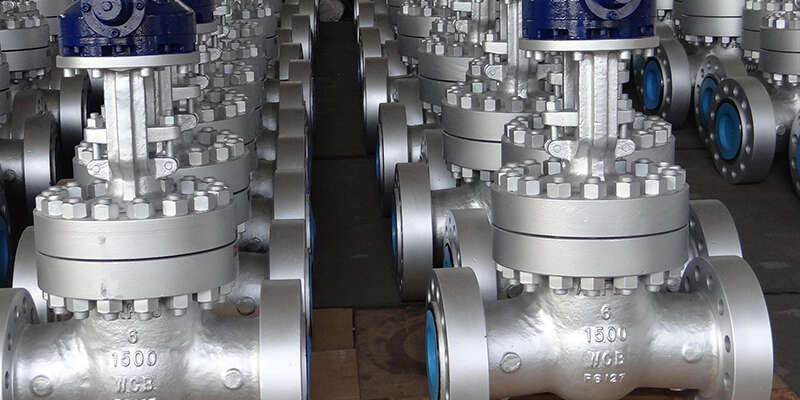
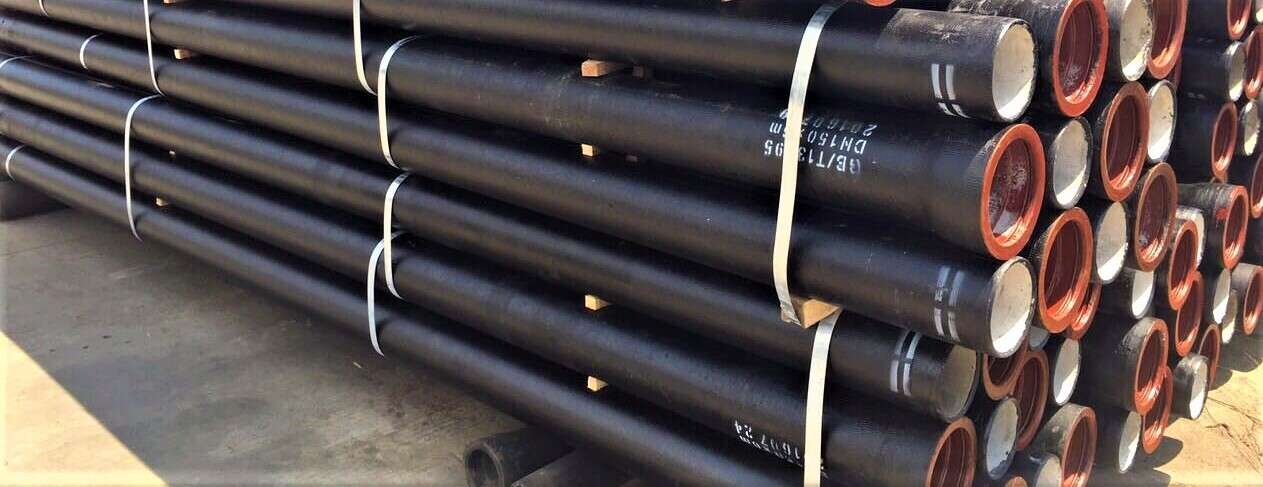


 Eastern Steel Manufacturing Co., Ltd no solo mejora la producción de productos y los servicios de venta, sino que también brinda servicios adicionales de valor agregado. Siempre que lo necesite, podemos completar sus necesidades específicas juntos.
Eastern Steel Manufacturing Co., Ltd no solo mejora la producción de productos y los servicios de venta, sino que también brinda servicios adicionales de valor agregado. Siempre que lo necesite, podemos completar sus necesidades específicas juntos.







